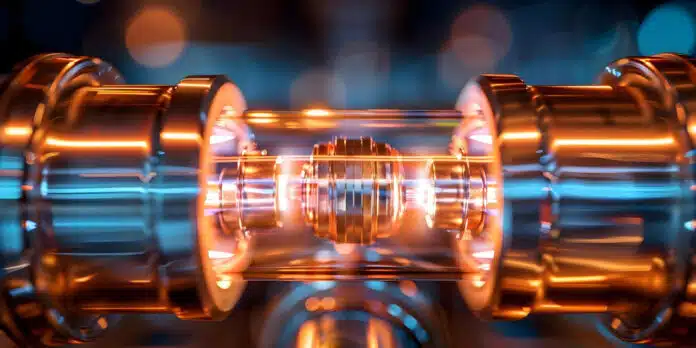
By Ashwini Sakharkar 19 Aug, 2024
Collected at: https://www.techexplorist.com/new-hourglass-shaped-generator-3-6-times-more-efficient/87390/
A revolutionary advancement has been revealed in enhancing the efficiency of thermoelectric materials, crucial for converting waste heat into electricity. This breakthrough involves reshaping the materials to mimic an hourglass, marking a significant departure from previous methods that relied solely on material properties. This innovative approach is poised to have far-reaching impacts in the field of thermoelectric power generation.
The National Research Foundation of Korea (Chairman Lee Kwang-bok) announced that a joint research team, led by Professor Jae Sung Son of POSTECH and Saniya LeBlanc of George Washington University, has proudly announced the successful development of a new geometric design for thermoelectric materials. Previously limited to cuboid shapes, these materials have now been reimagined through geometric design and advanced 3D printing techniques. The result is a game-changing enhancement in power generation efficiency.
Thermoelectric technology represents a promising method for converting heat into electricity, making it an attractive option for sustainable renewable energy. It has the potential to harness heat produced by various sources such as factories, car engines, and even human body heat.
At the core of this technology are solid thermoelectric semiconductor materials, which play a crucial role in the process. While efforts have primarily focused on enhancing the inherent thermoelectric material properties (ZT), further advancements are needed to improve the overall efficiency of thermoelectric generators for widespread practical use.

The joint research team has made a groundbreaking discovery in thermoelectric materials, showing that by modifying their geometry and composition, we can significantly enhance power generation efficiency. After conducting simulations on eight different geometric structures, including traditional cuboid and hourglass shapes, we found that the hourglass consistently outperformed the others across all power generation conditions.
Furthermore, our team has made significant strides in 3D printing processes, enabling the creation of complex-shaped thermoelectric materials and achieving a thermoelectric performance index (ZT) of 2.0, the highest value ever realized for 3D printed thermoelectric materials.
To provide real-world evidence of our findings, we constructed thermoelectric generators using the eight different structures and found that the hourglass-shaped generator was approximately 3.6 times more efficient than the traditional rectangular-based generator.
“This research is the first instance where efficiency has been improved by three-dimensional geometry of the material that controlled thermal and electrical transport, instead of conventional microstructure-focused research on thermoelectric materials. It is expected that this approach can be universally applied to all thermoelectric materials and can also be utilized in thermoelectric cooling technologies,” Professor Jae Sung Son stated.
Journal reference:
- Seungjun Choo, Jungsoo Lee, Bengisu Şişik, Sung-Jin Jung, Keonkuk Kim, Seong Eun Yang, Seungki Jo, Changhyeon Nam, Sangjoon Ahn, Ho Seong Lee, Han Gi Chae, Seong Keun Kim, Saniya LeBlanc & Jae Sung Son. Geometric design of Cu2Se-based thermoelectric materials for enhancing power generation. Nature Energy, 2024; DOI: 10.1038/s41560-024-01589-5

Leave a Reply